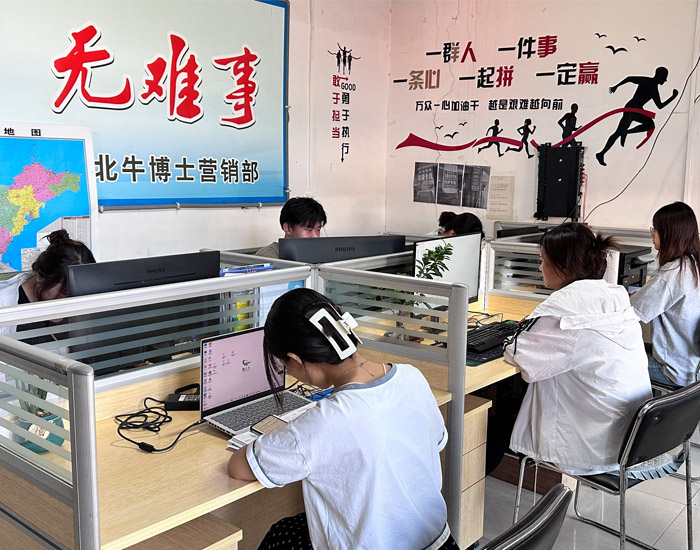reaper agriculture machine
The Evolution of Reaper Agriculture Machines Revolutionizing Farming
Agriculture has always been the backbone of civilization, with continuous innovations aimed at improving efficiency and productivity. Among these innovations, the reaper agriculture machine stands out as a pivotal invention that has significantly transformed farming practices over the years. This article explores the reaper's historical development, technological advancements, and its impact on modern agriculture.
The reaper was first introduced in the early 19th century, and its invention is often credited to Cyrus McCormick. In 1831, McCormick patented his mechanical reaper, which was a groundbreaking advancement compared to traditional hand-harvesting methods. Prior to the reaper, the labor-intensive process of harvesting crops relied heavily on manual labor and simple tools like sickles or scythes. This not only made harvesting a grueling task but also limited the amount of crop that could be harvested in a given time.
With the introduction of the reaper machine, farmers experienced a dramatic increase in efficiency. The initial models, powered by horses, featured a series of blades that cut down the grain as the machine moved. This mechanization allowed one person to accomplish the work of several men, significantly reducing the labor required during harvest season. As a result, farmers could reap larger fields, increasing their yields and, consequently, their profits.
As technology progressed, so did the design and functionality of reaper machines. The late 19th and early 20th centuries saw the advent of the combine harvester, which integrated the functions of reaping, threshing, and winnowing into a single machine. This innovation further enhanced the efficiency of harvesting by minimizing the number of steps involved in the process. Modern combine harvesters are equipped with advanced sensors and GPS technology, allowing them to operate with incredible precision and speed. They can harvest a variety of crops, including wheat, corn, and soybeans, making them versatile tools for farmers.
reaper agriculture machine

The impact of reaper agriculture machines on the farming industry cannot be overstated. Firstly, they have significantly increased agricultural productivity. Large-scale farms can now harvest hundreds of acres in a fraction of the time it would take with manual labor. This boost in efficiency has allowed farmers to focus on cultivating larger areas, thereby increasing food production to meet the demands of a growing global population.
Moreover, the reaper machine has contributed to rural economic development. As agricultural efficiency has improved, more individuals have been able to enter the farming industry. This has led to the growth of agribusiness and associated industries, creating jobs and boosting local economies. Additionally, the increased yield from farms has led to surpluses that can be sold at markets, further contributing to economic stability.
However, the rise of reaper agriculture machines is not without its challenges. The reliance on mechanized farming has raised concerns about environmental sustainability. Heavy machinery can lead to soil compaction, negatively affecting soil health and reducing long-term productivity. Furthermore, the use of chemical fertilizers and pesticides, often used in conjunction with large-scale machines, poses risks to the environment and public health.
In response to these challenges, there is a growing movement towards more sustainable farming practices. Innovations such as precision agriculture, which utilizes technology to optimize field-level management regarding crop farming, aim to balance productivity with environmental stewardship. Newer models of reapers are being designed to minimize their ecological footprint, with features that reduce soil disruption and promote sustainable land management practices.
In conclusion, reaper agriculture machines have played a crucial role in the evolution of farming practices, driving significant advancements in efficiency and productivity. While they have contributed to economic growth and food security, the challenges they present highlight the need for sustainable practices in agriculture. As technology continues to evolve, the future of reaping will likely see a fusion of efficiency and environmental responsibility, paving the way for a more sustainable agricultural landscape.
Latest news
-
When to Upgrade Your Old Forage HarvesterNewsJun.05,2025
-
One Forage Harvester for All Your NeedsNewsJun.05,2025
-
Mastering the Grass Reaper MachineNewsJun.05,2025
-
How Small Farms Make Full Use of Wheat ReaperNewsJun.05,2025
-
Harvesting Wheat the Easy Way: Use a Mini Tractor ReaperNewsJun.05,2025
-
Growing Demand for the Mini Tractor Reaper in AsiaNewsJun.05,2025







